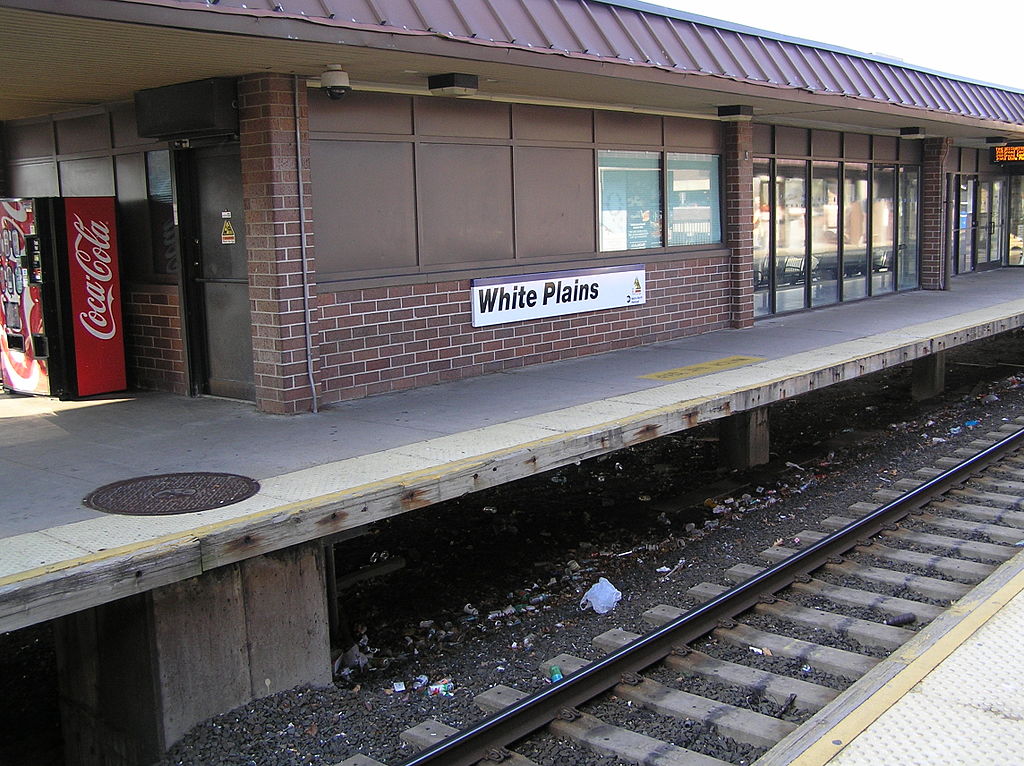
Chinese money could help fund crumbling US infrastructure
The targeting of more than $30 billion in additional Chinese imports for tariffs, coming on the heels of punitive tariffs on solar panel imports and new duties on steel and aluminum imports—tariffs that are increasingly targeted toward China--confirms the Trump Administration’s intention to bypass the WTO’s dispute settlement body and rely solely on U.S. law regarding its ongoing trade brawl with China. It’s a high-stakes game of chicken from which both sides are likely to suffer. There is a better move for the U.S. to make, but it would require demonstrating to the American public that globalization offers a path forward that provides immediate relief.
There is a widespread perception today in the U.S. and elsewhere that globalization has bolstered the position of the elites at the expense of the average American. No American leader has effectively made the case that the primary intent of globalization was to invest in the development of new markets for the benefit of those average Americans, not just the procurement of cheaper goods for them. Because the U.S. has less than 5% of the world’s population, along with a maturing internal market, it was deemed that creating new middle classes in underdeveloped countries was essential for the perpetuation of the growth of our own middle class. But while sourcing cheaper goods takes place almost immediately, creating new markets takes place over generations. America has been playing the long game, defying the cacophony of skeptics that think a democracy like the U.S. is incapable of thinking beyond the short-term horizon of the next election cycle.
In the next five to ten years China’s middle class--already approaching 300 million--will grow to 600 million, double the entire population of the U.S. The gift that America gave to China--markets--is a gift the Chinese are about to give back to us. Absent a major disruption, it’s a virtual certainty that China will, over the next five to ten years, become a larger export destination than either Mexico or Canada. For the first time in a generation the U.S. has the real prospect of winning back some of those jobs we lost to China.
How then do we short-circuit the electoral mandate President Trump was given, avoid the disruption that this implies and receive the coming bounty that is rightfully ours? It won’t happen if the U.S. and China avoid each other. Under Obama, the U.S. pursued the Trans-Pacific Partnership to the exclusion of China, explicitly stating that the TPP would let America, not China, lead the way on global trade in the Pacific. Similarly, notwithstanding China’s perfunctory olive branch to the U.S., China’s revival of the ancient Silk Road, One Belt, One Road--an infrastructure colossus the equivalent of 12 Marshall Plans--was an effort to assert and consolidate its growing influence in Asia and beyond. It is time to bilaterally disarm. Instead of using these two initiatives to build separate spheres of influence, the TPP and the Belt and Road should be reopened with the centrality of the U.S.-China relationship at the forefront of each. By using these agreements to double down on integration, we have the potential to create a lasting truce in the U.S.-China relationship and a crucial bridge with immediate benefits to America until China’s middle class takes its rightful place and is able to pull its own weight in the international trading system.
Specifically, recycling a portion of China’s trade surplus to rebuild American infrastructure--think “U.S. belt, U.S. road”--would provide immediate funding to jump start Trump’s number one domestic policy initiative for 2018. This isn’t pie in the sky. The Chinese have repeatedly expressed interest in this, as they see it as not only a good investment proposition but also a way to create more stability in the relationship. A highly visible multiyear, multibillion-dollar commitment to American infrastructure could be the quickest path to demonstrate relief from the dislocation globalization has created. China would be increasingly viewed as a job creator, not a destroyer. Trump may never be able to live up to his campaign promise of getting Mexico to pay for the wall, but he would be able to say that he rebuilt America--and got China to pay for it.
Although the TPP has already been concluded with a narrower group of countries, the U.S. has signaled its interest in rejoining under new terms. Those new terms should include China’s also joining. With China already well down an alternative path (the RCEP), there’s no guarantee it will follow, but President Xi would benefit at home from a narrative that the U.S. tried but concluded it would be a mistake to make a go of the TPP without China. Most important, by telegraphing that the TPP wouldn’t be weaponized, it would make Beijing’s move toward the U.S. on Belt and Road viable and begin to return a level of normalcy to the U.S.-China relationship.
Globalization continues to give and take, but it has always been agnostic with respect to its victims. China is now experiencing its own job losses to Southeast Asia and Africa. Nor is globalization the trope to elitism it is now portrayed to be in some circles. In 2017, thanks to the reach of globalization, 200,000 people a day escaped extreme poverty, and 300,000 people a day got clean water. Globalization is still the gift that keeps on giving.
It’s time for China and the U.S. to stop avoiding each other and to double down on the integration that has successfully powered global growth since the end of World War II.



